Notes
Typhoon Haiyan: Early Pictures
Caption: Residents loot water damaged sacks of rice from a rice warehouse in the aftermath of typhoon Haiyan in Tacloban. (Getty Images)
Once again, it’s not looting if people are starving and have no alternative. (Chile; Haiti 1; Haiti 2; NOLA/Katrina.) By the way, you think white people wouldn’t/don’t do it, too?
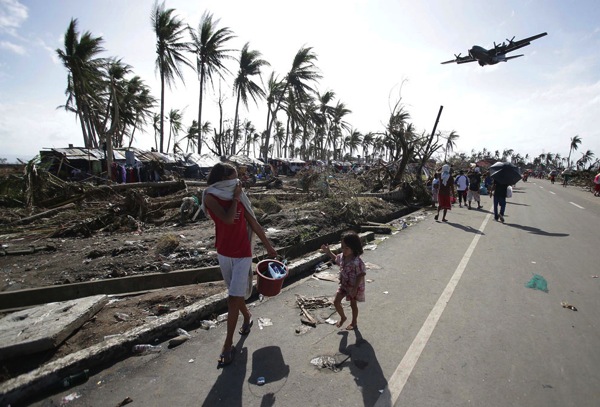
The early pictures, at least, have as much a war, or war relief vibe to them.
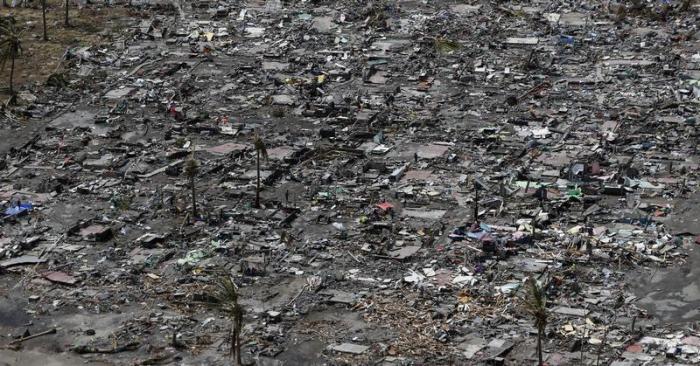
Obviously, what distinguishes the Haiyan imagery from other disasters of the past few years is scale. As Western media starts to get its hands around this story (unless it only gives perfunctory coverage, which would be notable, too) expect attempts to express a whole new level of “massive.” The disproportionate number of aerial shots, however, seem to have as much to do with difficulty even negotiating the ground.
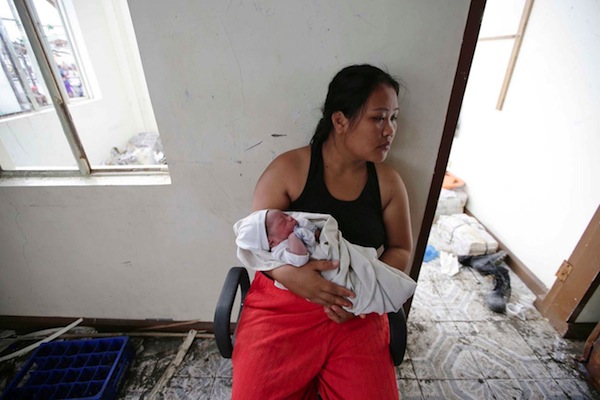
I’ve been seeing a lot of pictures of the baby that was born through the ordeal. (Maybe more than one, actually.) Media seems to be backing off on the graphic imagery. Though it’s early yet.
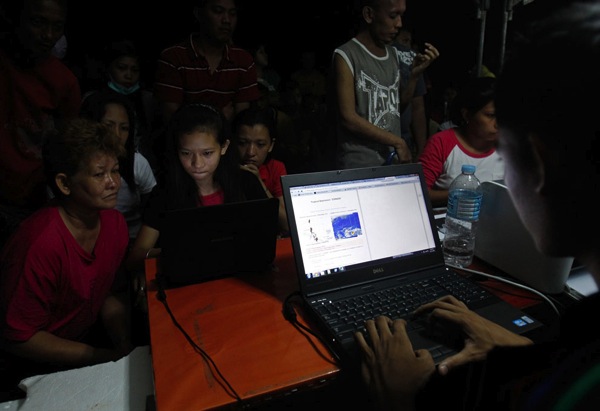
This photo seems to signify something new – perhaps avowel of the role of a true global utility? Here’s the caption:
Jessamere Enriquez, 14, helps her mother inform their family in Manila of their situation using Facebook at a free internet kiosk provided by an internet service provider after Haiyan battered Tacloban city, on November 11, 2013. Due to the scarcity of resources, each person was allowed only 3 minutes of use.
So much for the telephone.
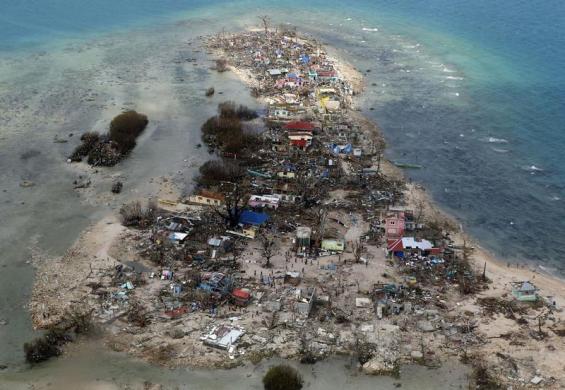
I guess people are still going to tiptoe around the fact that larger storms are being amplified by climate change. Although there is much written about worst scenarios – such as cities or landmasses actually swallowed by the sea – I haven’t seen that many news photos evocative of outcomes that consummate. This one, on the other hand, calls out for the Maldives.
(photo 1: Noel Celis/AFP/Getty. photo 2, 3 & 6: Erik De Castro/Reuters caption 2: Survivors look up at a military C-130 plane as it arrives at typhoon-ravaged Tacloban city, Leyte province, on November 11, 2013. photo 4: Bullit Marquez/AP. caption: New-born baby Bea Joy is held by relative Michelle Satur after mother Emily Ortega, 21, gave birth in an improvised clinic at Tacloban airport. photo 5: Edgar Su/Reuters caption 5: Jessamere Enriquez, 14, helps her mother inform their family in Manila of their situation using Facebook at a free internet kiosk provided by an internet service provider after Haiyan battered Tacloban city, on November 11, 2013. Due to the scarcity of resources, each person was allowed only 3 minutes of use.)
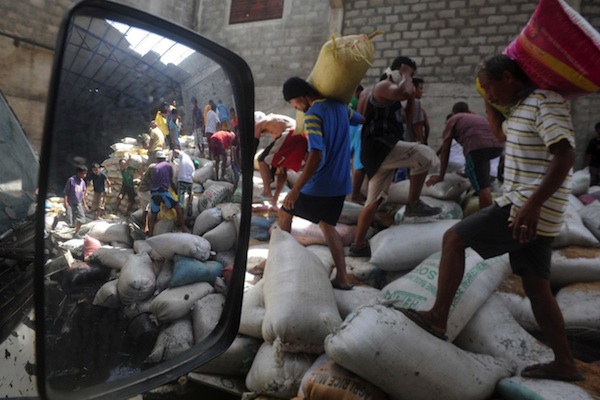
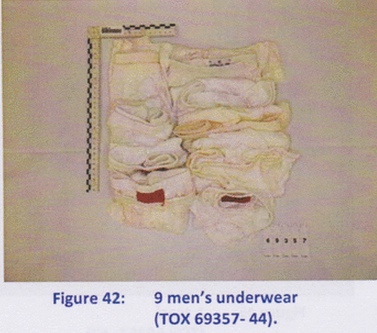

Reactions
Comments Powered by Disqus